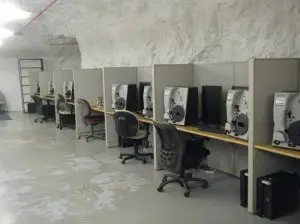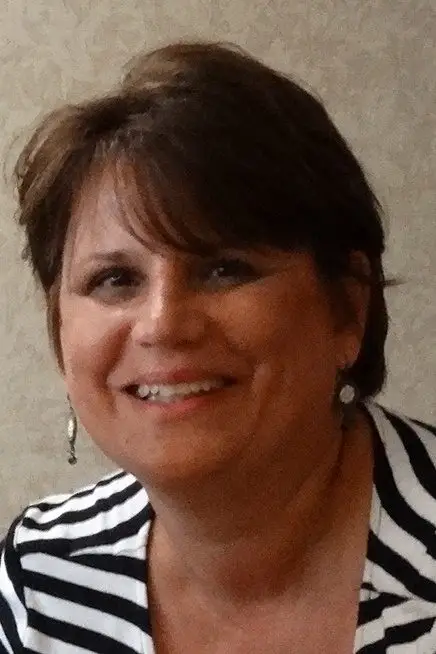Million Reel Inventory Complete: Microfilm Collections Assessed
In February, we blogged about the start of a massive microfilm assessment project undertaken by Crowley Imaging. Just six months later, on Friday, September 1st, the project has been successfully completed ahead of schedule and within budget. Here’s the story of the microfilm conversion.

Crunching numbers
Working as a subcontractor, Crowley Imaging employed seven staff under the direction of on-site project manager Larry DeMarchi to inventory more than 1.4 million reels of microfilm. The inventory included the contents of 126 different microfilm collections and included capturing and cataloging microfilm reel and container attributes and location codes. In all, more than 425,000 microfilm containers were barcoded (many canisters held up to ten rolls of microfilm).
Additional barcoding included cabinets, drawers, shelves and shelving rows, resulting in a fully inventoried microfilm storage facility.
All told, the team inventoried 225,644,364 feet of microfilm, equal to 42,735 miles or 1.7 times around the globe.
Diagnosing Deterioration
Using a microfilm matrix with collection details, dates and total number of reels per collection, a computer program was used to develop statistical sampling equations for each collection. Based on these statistics, the team performed 2,200 acid detection tests and 907 full-reel inspections, looking for signs of vinegar syndrome, redox blemishes, mold, silvering and brittleness.
Testing consisted of both visual inspection and the placing of acid detection strips inside the film containers overnight to measure the acidity levels of the films.
Outcomes
Now that the assessment and inventory are complete, the client has a wealth of information including:
- The identification of exact quantities and types of microfilm including microfilm shot from rotary and planetary cameras and computer output microfilm (COM)
- The ability to easily locate microfilm dating back decades
- The general health – or deterioration – of each collection
- Statistical information to determine digitization priorities based on microfilm health

The client has invested in a total of 36 Mekel Technology MACH10 scanners to be used in the next phase of the project – collection digitization. Powered by the Quantum software suite, the MACH-series scanners offer speed, ease-of-use, dependability and high image quality. The client has added back-end programming which allows Quantum to provide best case indexing, metadata and image quality based on the different types of film in the collections to the Mekel microfilm scanners already in use.
An electronic database with the complete collection inventory and assessment of inventory health will be presented to senior management later this month.
If you’d like more information about how to deal with aging and deteriorating microfilm collections, click to read Dave Westcott’s white paper, developed as a direct result of this inventory experience, or call (240) 215-0224 to speak with an imaging specialist.
ABOUT THE CROWLEY COMPANY
The Crowley Company is a full-solution imaging partner. From micrographics equipment and microfilm to desktop and production scanners to patron systems and conversion services, The Crowley Company has aided records managers, archivists, librarians, researchers, students and others throughout the world with archival preservation, records management and digitization solutions. Solutions encompass all media types including standard business documents, newspapers, graphics arts (photographs, negatives, slides, etc.), microform (microfilm, microfiche, aperture cards) and archives of all types.

